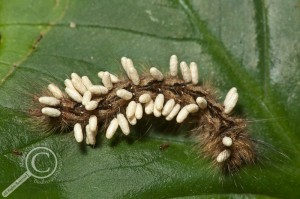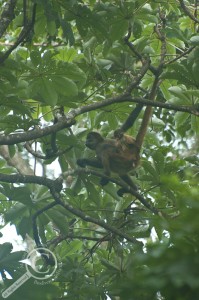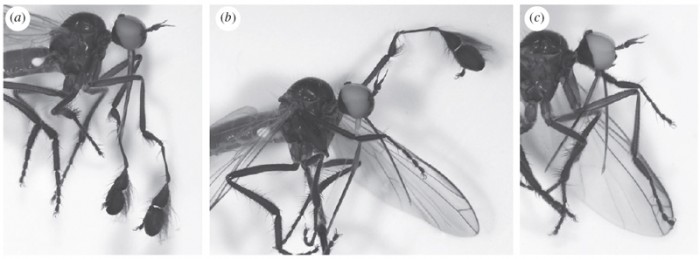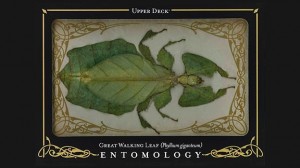Today started good and early while we got our gear repacked to head to the northwestern region of the country to spend a few days in the Guanacaste Conservation Area. The tour bus picked the people from our hotel up shortly before 8, and after a minor detour back to pick up the forgotten, we were on our way north! Unfortunately I slept most of the way up, and when I wasn’t sleeping I was writing blog posts, but there were some rather remarkable landscapes and sections of habitat that we drove through. The most impressive was probably Rincon de la Vieja, an active volcano that reached high into the clouds and had some fantastic secondary outcroppings in the foreground. We stopped for lunch in Liberia, and fended off the honey bees (Africanized perhaps?) throughout the course of our buffet meal. We arrived at the Guanacaste Conservation Area around 2:30 and quickly got ourselves set up in our rooms and ready to jump into the jungle. Within minutes of leaving the main station we had seen 2 troops of white-faced spider monkeys, and a lone howler monkey hanging out in the tree tops. Although the clouds had rolled in and the tropical sun was starting to go down, we still had a number of interesting insect finds, if not flies. Dinner was pretty good, better than predicted at least, and we then sat down and introduced ourselves and pointed out which families we work on and which we’d like material, it was pinning any insects we may have found and some cards before bed. The station and habitat around here looks great, so it should be a really exciting week of collecting.
On the way back to the lodge we ran into Dan Janzen and Winnie Hallwachs, two big-time ecologists who are currently trying to identify every moth, skipper and butterfly within the conservation area using DNA barcoding. They had just run across a boa, which we couldn’t refind unfortunately, but hopefully we’ll see more in the next few days!
It wouldn’t be ACG without a heavily parasitized caterpillar:

And everybody likes monkeys!

Click to Enlarge
MTC…
 There’s one more major insect order left to cover on this first round of Tuesday Tunes, and there’s no lack of songs to choose from! The butterflies are certainly the most easily recognized insects, and probably the most loved overall by the public, leading to a lot of artists aiming to capitalize on their popularity. Watch for quite a number of lepidopteran features in the future!
There’s one more major insect order left to cover on this first round of Tuesday Tunes, and there’s no lack of songs to choose from! The butterflies are certainly the most easily recognized insects, and probably the most loved overall by the public, leading to a lot of artists aiming to capitalize on their popularity. Watch for quite a number of lepidopteran features in the future!



